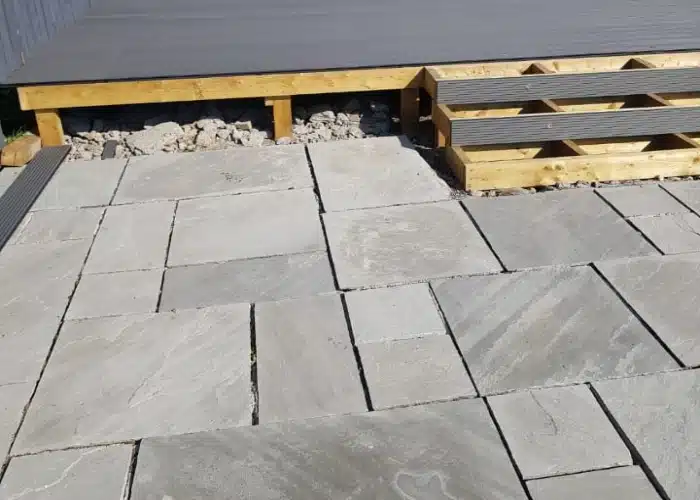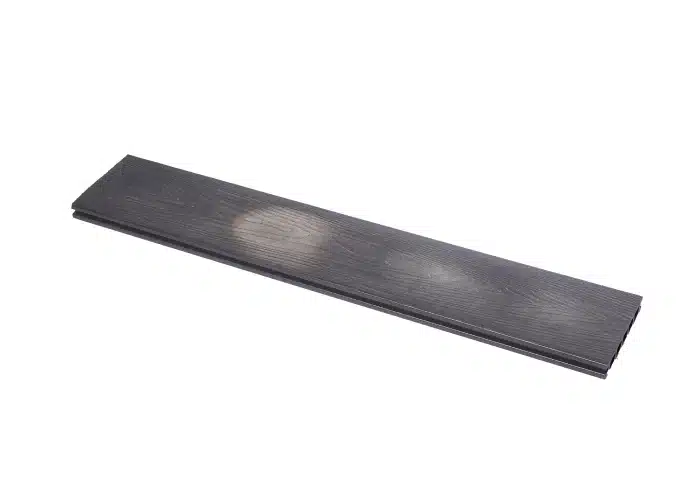Is it Cheaper to Build a Decking or Concrete Paving?
Even a few scuff marks will make an eye catching and well-designed composite decking board look unsightly. Not only does it affect the appearance of the decking, but it can also lead to long-term problems. It can range from an easy-to-remove stain to a problematic deep scratch. So the question is, how can you remove these marks on your decking? And what are some ways to prevent them?
Removing Marks from Your Decking
Installing composite decking in your outdoor space is costly but can immediately enhance your garden. After investing in your decking, you will, of course, want to retain its appearance. Therefore, you will want to avoid any marks from distorting your decking surface. We understand that accidents happen, and especially families with children and pets will likely experience marks on their decking. Composite decking has scratch-resistant properties but is not scratch-proof. Therefore marking can still occur. If you have noticed marks on your composite decking boards, you will be wondering how to remove them. To eliminate any marks from becoming permanent on your decking surface, continue reading this article.
Determine what the marks are
Marks on your decking surface can occur from various different causes. The first thing you will need to do is identify what the marks are, together with what caused them to appear. This will help to find the most suitable solution and prevent them from appearing again in the future.
Clean your Decking Surface
In most cases, simply cleaning your decking surface, as you would with stains, will remove marks. Ordinary dishwasher liquid and warm soapy water with a soft bristle brush should do the job. It is important to regularly keep an eye on your decking surface to check for any marks that might have occurred. Cleaning any marks as soon as you notice them will help to avoid any permanent marking or damage to your decking.
If the stain persists, you can try using stain-removing products for decking, such as compo clean. If this proves unsuccessful, you can try one of the methods below. It is important to avoid using abrasive and harsh chemicals, such as chlorine bleach.
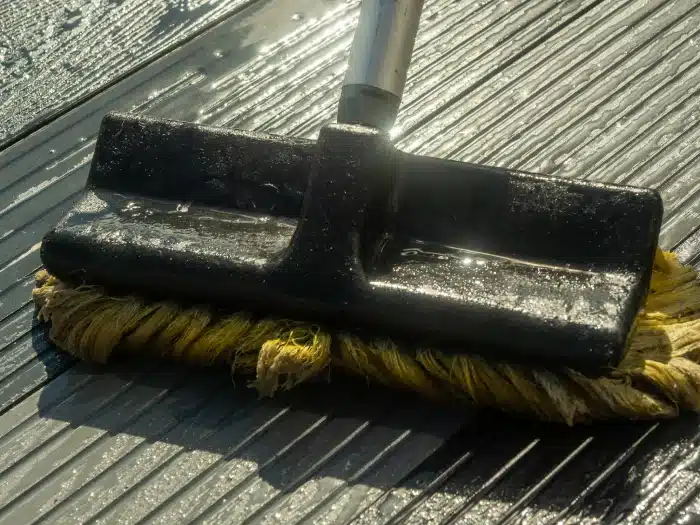
For Moulds and Mildew
Another common cause for marks appearing on your decking is mould growth. While composite decking is more resistant to fungi than materials such as wood, it can still grow if not properly maintained. If you have discovered mould growth on your decking surface, you can try using a mixture of vinegar and baking soda to remove it. For the entire decking area, create a solution using both products with 500ml of white or apple cider vinegar to 125ml of baking soda and mix with 4 litres of water. For a smaller area or an area specifically affected, you can scale this down using the same ratio. For every 1L of water, you will need 125ml of vinegar and around 30ml of baking soda. Ensure you do not let the baking soda and vinegar solution dry out on the decking surface, and rinse with a garden hose afterward. Repeat if necessary.
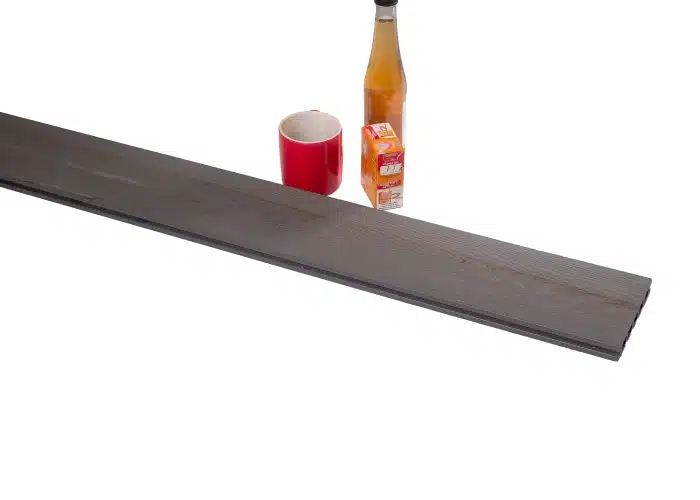
Try Steel Wool or Sandpaper For Scruff Marks
If you notice scuff marks or deeper marks on your composite decking surface, you can attempt to use steel wool to remove them. We only recommend using this method on a smooth sanded finish composite board (like the one in our image on the right) and gently scrubbing in the direction of the groove/grain. Alternatively, you can try to use sandpaper to gently blend the mark into the surface of the board, being careful not to damage the board’s finish. We do not recommend using this method on wood grain or capped composite boards, as it can distort the board’s appearance. If you have installed capped composite decking with a wood grain finish, it is a more suitable option to use a heat gun to remove marks or scratches.
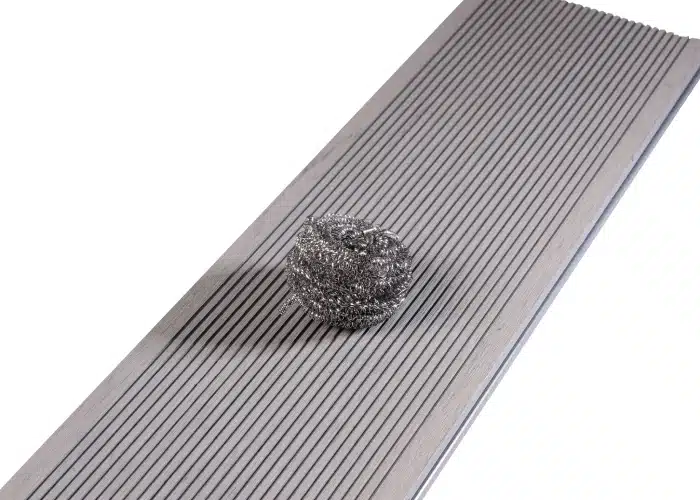
Heating Method
When attempting to remove scratches from capped composite decking, you can use a heat gun to do so. A heat gun works by melting the plastic layer of the board back together, blending the mark into the board’s surface finish. You must use this method with caution, as it can be a dangerous process. Additionally, we recommend testing this method on a small inconspicuous area of your decking or a sample piece beforehand. Holding the heat gun too close to the decking surface can cause permanent burn spots to the decking finish and damage your decking even further. This method is mainly used for second-generation or capped composite decking and not on first-generation composite decking.
Decking Repair Kits
Another option that you can try is to use decking repair kits. They are often composed of fillers, either wax or epoxy-based, applied directly to the cuts and scratches. Lastly, you can try using wood stains that match the colour of your decking. Not only does it make the marks unnoticeable, but it also protects the exposed parts of the boards.
Prevention Methods
Ideally, you will not have to fix any markings from your decking surface if you prevent them from occurring in the first place. You can protect your decking from marks by using rugs or mats. Placing them on areas of your decking that experience the highest footfall can prevent scuff marks from shoes and high heels. Choosing lightweight furniture will also help to prevent scuff marks on your decking. Use rubber furniture pads on the legs of your furniture to protect the deck surface.
Although not recommended, stains or sealants can be used on your composite decking to prevent marks from occurring or to attempt to resolve a mark that has already been made. However, this is a risky solution, as you will need to ensure the stains are the same colour as your decking, which can be a difficult process.
How to Remove Permanent Marks From Composite Decking?



